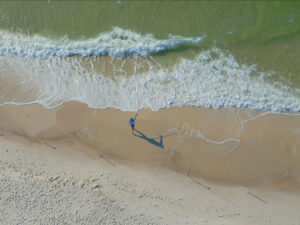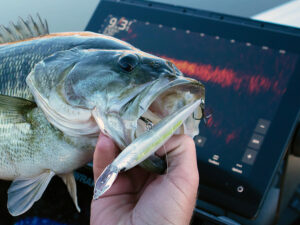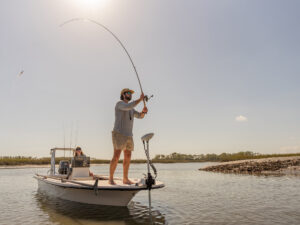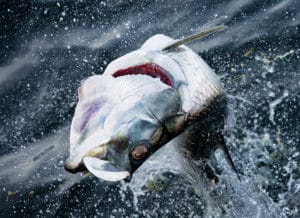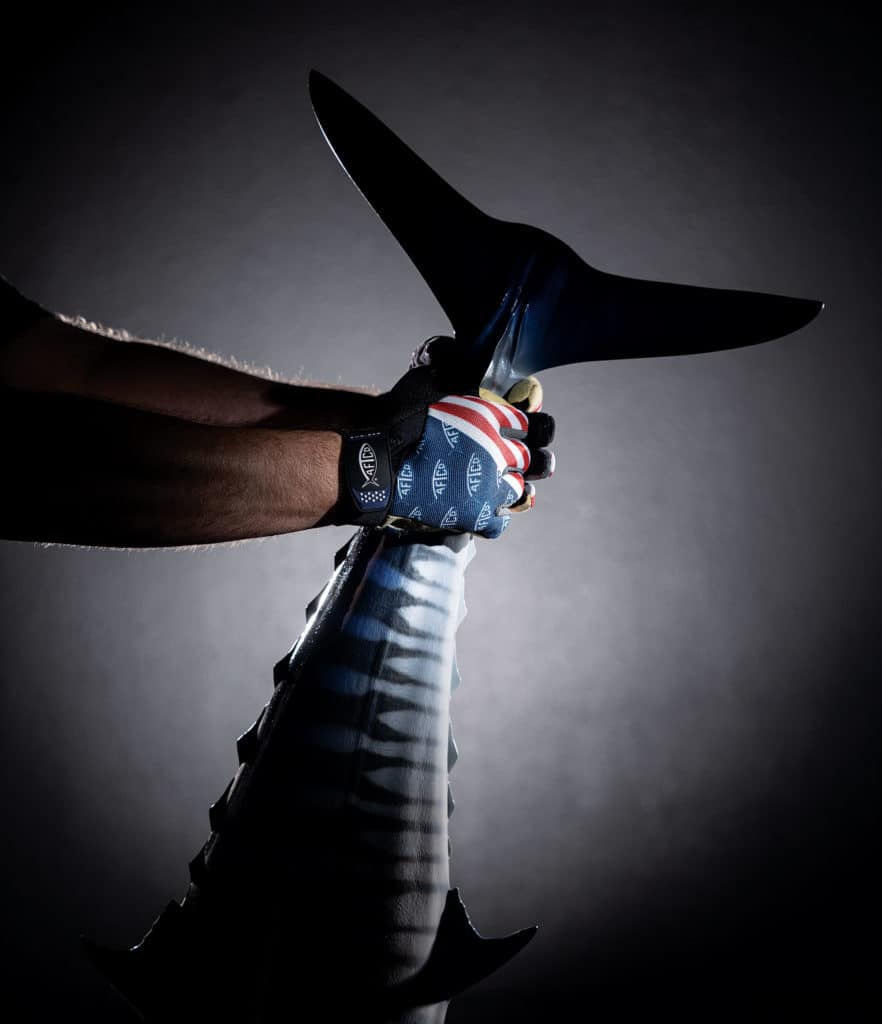
On a routine schoolie striped bass trip a few years ago, I was releasing a striper during turn-and-burn action when the 25-incher flopped and stuck a dorsal spine in my left palm. Like most longtime saltwater anglers, hooks, knives, teeth, fins and gill plates have bitten, sliced, stabbed, chaffed and scarred my hands. This latest stick hardly hurt, and I thought nothing more of it.
Two days later, my palm was puffy, pink and painful. I was unsure why until I examined it and remembered the spine prick. No big deal. By the third day, lines of red infection had traveled up to my armpit. Time for medical care.
The doctor said this was serious, and he wouldn’t release me with just antibiotic pills; instead, he administered a six-hour intravenous antibiotic drip.
“You probably have a -Mycobacterium infection,” the doctor said, “and if it reaches your heart, it could be deadly. Pills aren’t fast or strong enough.” He outlined the lines of infection with a marker and said, “This will tell us if the infection spreads farther.” He released me with antibiotic pills and said, “We need to see you again tomorrow.”
The condition is known as “fish handler’s disease,” but the minor-turned-major injury was easily preventable had I been wearing fishing gloves.
“I always wear gloves when guiding or fishing,” says Capt. Ned Kittredge of Westport, Massachusetts, who has 40 years of inshore and offshore experience. “It’s important for the well-being of the fish because you have a better grip on the fish, requiring less pressure, and for the safety of mate or angler. Modern braided lines are so thin and strong, they slice like a razor, and even heavy mono can do the same to wet skin. Offshore they’re a must, and inshore, if you handle many fish, they’re a requirement.”
According to Matt Clark, director of product development at Gill Marine (gillmarine.com), the primary functions of gloves are protection and control. “Protection means defending hands and fingers from fast-running lines, sharp gear and sun exposure,” he says. “Control means having a secure, confident grip on tackle or a gaff at critical moments, even though you’re soaked in sweat and salt water in a rocking boat.”
Making the right choice for gloves to match your fishing style can be daunting. Industry and fishing experts weigh in here to help you decide which features are most important.
Style
The most obvious glove option for anglers is open-fingered. Fingerless styles provide dexterity for working with hooks, tying knots, rigging leaders, working electronics and taking -photos. If you’re constantly rerigging your tackle, a fingerless model might be best.
“The open-finger design allows for maximum dexterity and finger maneuverability,” says Colin Sarfeh, director of marketing at Pelagic (pelagicgear.com), “which increases angler skill and endurance; however, mates and guides benefit from a full-glove design for additional finger protection. Full gloves are crucial when leadering gamefish, handling fish, gaffing, removing hooks from a toothy predator, grabbing bills, and filleting.
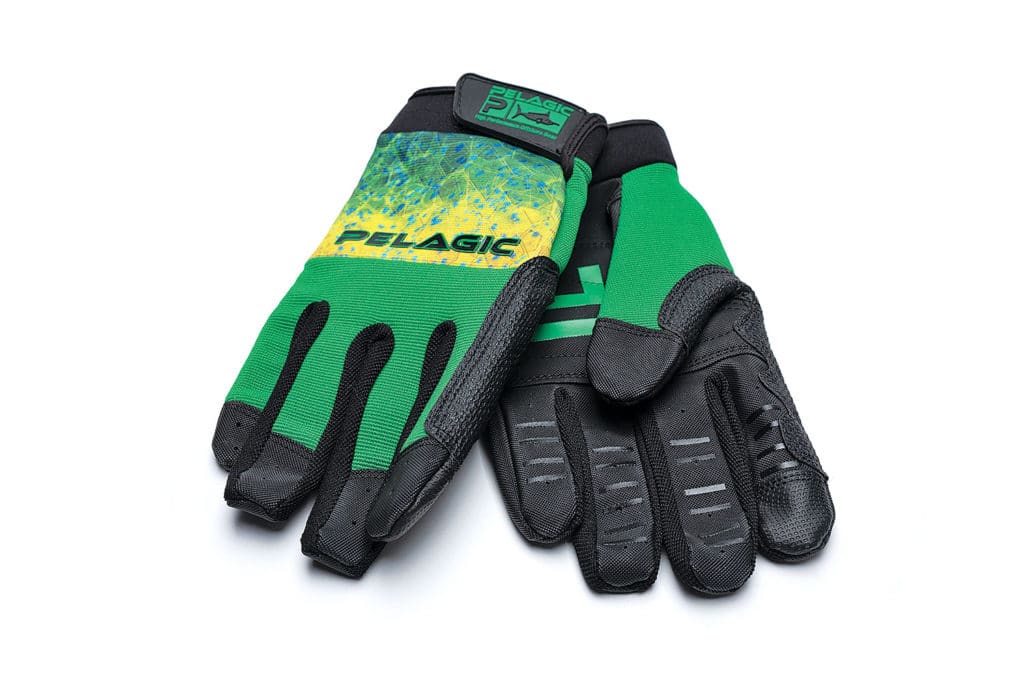
“Look for a pair that’s well-made, -comfortable, and uses proper padding and support in the right areas,” Sarfeh adds. “Kevlar reinforcement is key to durability. It’s also important that a glove isn’t too thick or rigid, which hinders dexterity and mobility when handling line or a fish. Most full-finger gloves aren’t compatible with smartphones; however, those like our End Game Pro gloves are touchscreen capable.”
Anticipate the type of fishing you’re undertaking when choosing glove style. “This will dictate whether you’re looking for a heavy-duty, full-fingered protective glove,” Clark says, “or a light pair offering stretch comfort, sun defense, and open fingers for tying knots.”
Among top manufacturers of -fishing-apparel, AFTCO (aftco.com) makes gloves to fit all users. “Gloves protect you from line cuts, blisters, sticks from sharp gills or fins, and from sun damage,” says Greg Stotesbury, -AFTCO’s tackle sales manager. “Our gloves are designed for spin or conventional anglers using braided superlines, and have Kevlar-reinforced panels to protect the index finger and thumb areas for use with spinning or conventional outfits.” He adds that sun protection of at least SPF 50 is a valuable feature in many fishing gloves, including those from AFTCO.
Durability and Cost
Durability and cost are primary considerations when choosing a fishing glove. A glove made of high-quality materials like Kevlar will survive a long time. If you fish hard or often, select an expensive pair, which will range from $25 to $50 or more, but will hold up to repeated abuse. If you’re an occasional angler, however, you can choose less expensive gloves—as little as $4 to $10—with average durability, and then replace them when needed. An example of less expensive gloves are the Gorilla Grip A5 Cut gloves that feature a breathable, flexible design with an ANSI level-5 industrial cut-protection rating with polymer technology on the palm that wicks moisture and provides -maximum grip in wet conditions.
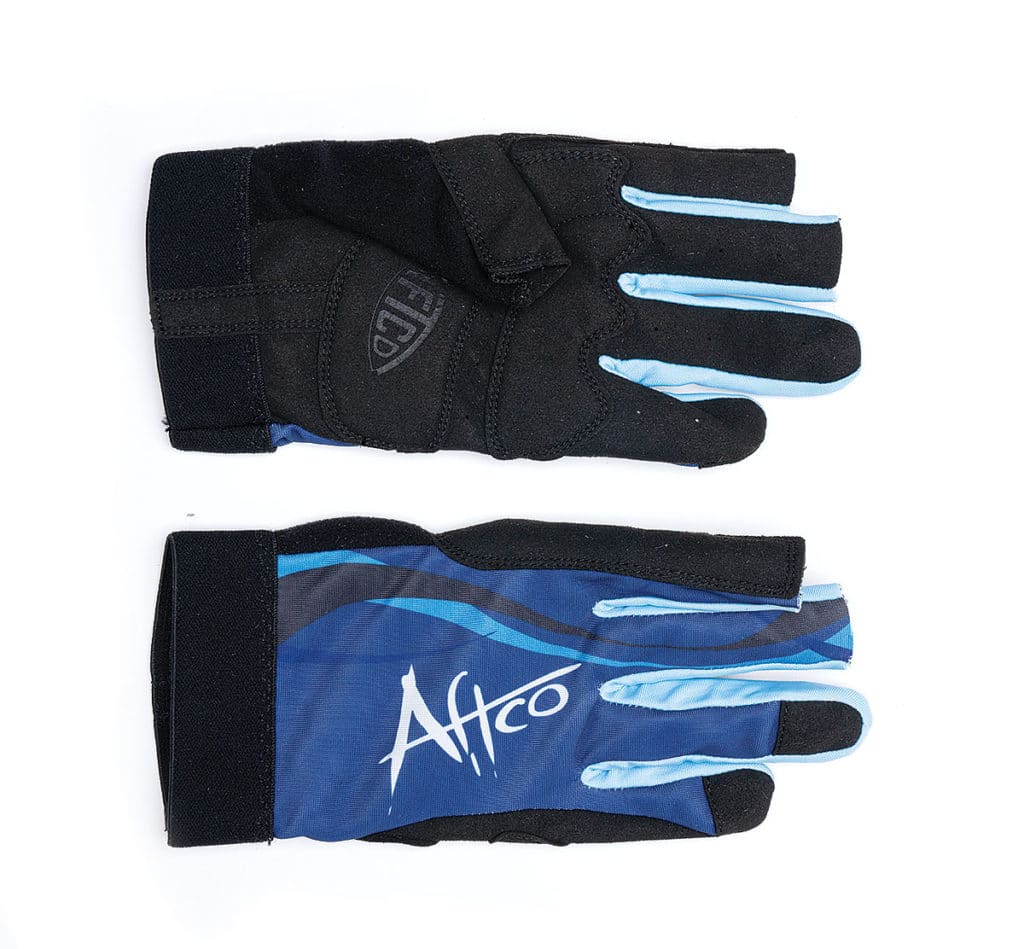
Clark points out that some anglers carry more than one type of glove for different uses and conditions. Mates prefer gloves constructed for leadering, gaffing and handling large gamefish, as opposed to tying knots and other -operations requiring greater sensitivity. AFTCO release gloves feature full palm protection and Kevlar panels in the fingers to prevent line and leader cuts and abrasion, according to Stotesbury. “Our utility gloves are a lighter-duty full–fingered glove like our release model but without the Kevlar,” he explains.
AFTCO’s Wire Max is its heaviest–duty full Kevlar glove, designed for wiring large billfish and tuna. These feature a closed-cell urethane inner skeleton with full outer Kevlar protection.
For captains and recreational anglers, manufacturers offer lighter-duty gloves. AFTCO’s Solago and Solamar UVS are sun-protectant, with a thinly padded synthetic-leather palm, enhancing grip on gaffs, towers, -steering wheels and rods.
Weather
Another consideration when looking at fishing gloves is the climate where you fish. In colder climates, insulation and heat retention are important features. In hotter climates, consider sleeker options offering breathability to prevent moisture buildup and -provide sun and puncture protection.
“A positive development over the past few years,” Clark says, “is the importance of sun protection. All Gill Marine gloves are independently tested and meet the 50-plus UPF rating. Our latest generation of Gill UV Tec gloves has advanced fabric technology for UV‑protective garments.
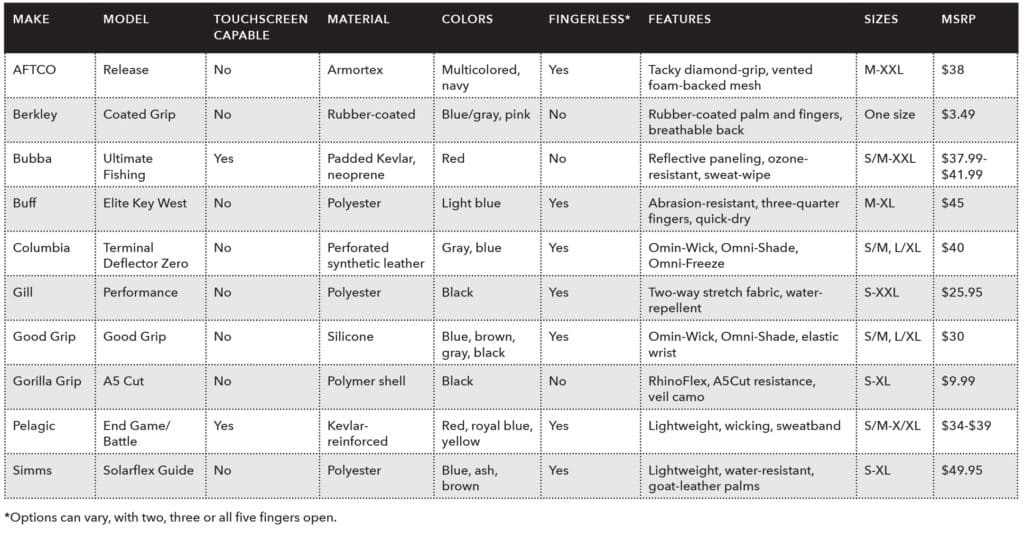
“At the opposite end of the temperature scale, there’s a need for fishing gloves suited to cold and wet conditions,” Clark adds. “Look for insulated designs like neoprene that ensure you can still feel your fingers after plunging them into cold water.” For cold-weather anglers after enhanced grip and increased protection, gloves such as the waterproof Gill Tournament glove— with leather palms and full–finger -coverage—would work well.
Fit
Wear new gloves when -conditions are pleasant and work is light so you can adjust to their performance. Gaining confidence with the change in dexterity and grip will save frustration, and you’ll be confident in your ability to operate gear and handle fish when conditions are challenging. Always try on gloves for fit and comfort. “A misplaced seam or a fit too tight quickly becomes -irritating around salt water,” Clark says.
Read Next: Fishing’s Most Dangerous Animals — Part 1, The Impalers
Kittredge says, “The number-one priority is that your gloves fit like a second skin, because feel and grip are essential when handling lines and leaders and when processing fish. Loose gloves can snag in moving parts such as those in levelwind reels.”

